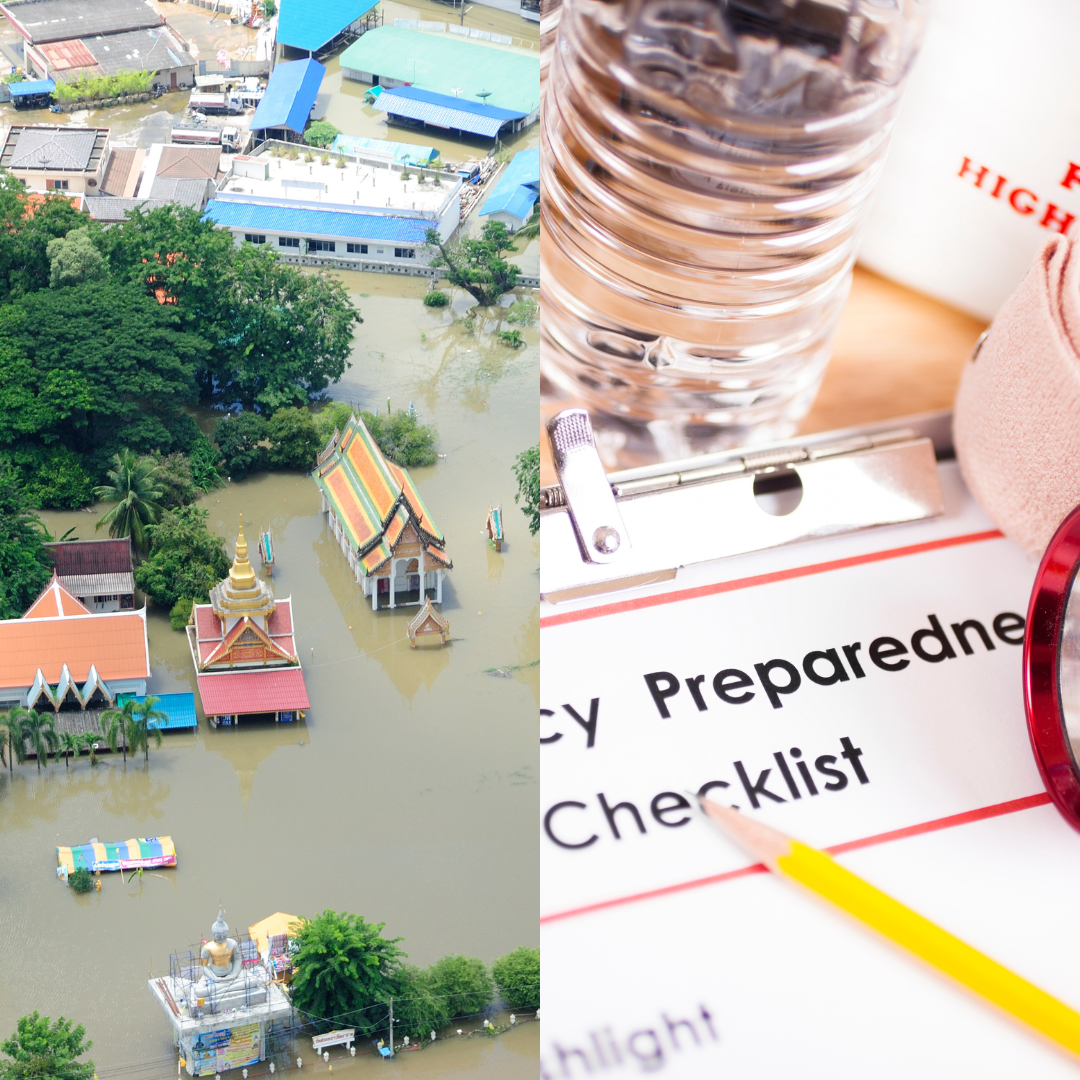Disaster Response & Emergency Management in Healthcare

In healthcare, distinguishing disaster response from emergency management is essential for ensuring patient and staff safety. Disaster response is immediate, focusing on stabilizing situations and securing life-sustaining resources, while emergency management encompasses broader, ongoing preparedness, response, and recovery efforts. Facilities management teams play a critical role, maintaining systems and coordinating resources during emergencies to support healthcare operations and minimize risks, making use of technology to access critical information swiftly.


